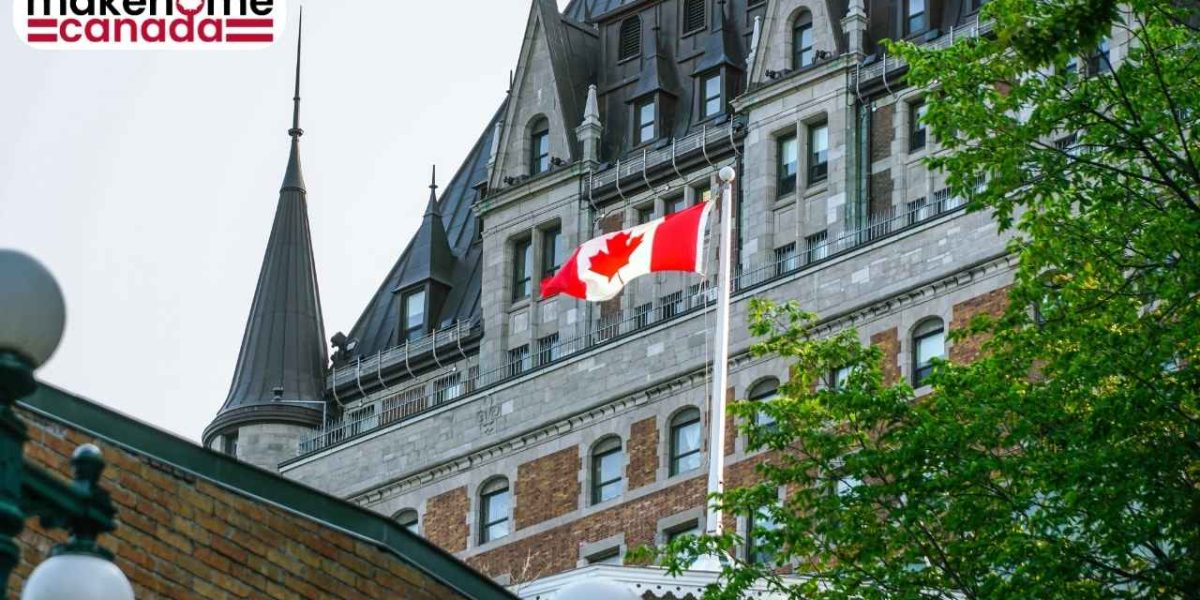Immigration has been one of the key reasons why there is a continuous growth in language diversity. French and English have always been predominant because of their status as official languages in Canada, but 4.6 million Canadians reportedly speak languages apart from the two of them. As per the official reports, Canada has approximately 9 million people with a mother tongue that is neither English nor French.
The data was initially taken in 1901 and is considered to be a high figure as Statistics Canada started reporting the existence of other mother tongues as well.
People in Canada speak one of the three languages regularly including French, German, and English.
Immigration leads to language diversity
Immigration has led to major changes in the language spoken by the Canadians in their homes. They speak a language apart from English and French and the number of such Canadians has increased drastically. Between 2016 to 2021, it was observed that a significant number of Canadians speak South Asian languages at home. As a result of the increase of the Canadian population by 5 percent, there was a considerable increase in the number of people in Canada speaking South Asian languages in their homes.
Punjabi speakers grew by 49 %, Malayalam speakers grew by 129 %, Hindi speakers grew by 66 %, and Gujarati speakers grew by 43 %.
The South Asian language speakers grew to at least eight times the total Canadian population. This specific growth is largely due to immigration factors with the welcoming of permanent residents between 2016 and 2020 since a quarter of them belonged to the category of brown people in South Asian countries. Additionally, one out of every five of them were Indians.
Contrarily, there was a decline in the number of European speakers in Canada. The responsible factors for this decline are the aging of a substantial group of language speakers and fewer immigrants from Poland, Italy, and Greece. Individuals who were observed to speak other languages besides French and English are more likely to live in massive urban city centers. Consequently, there is a huge rise in the diversity of language speakers.
Canada is home to over 70 different languages, with 189,000 individuals speaking at least one indigenous mother tongue along with 183,000 speaking languages regularly at home on a consistent basis.
The predominant indigenous languages in Canada include Cree and Inuktitut languages.
What about English and French languages?
A significant number of Canadians are prone to speaking at least one of the two official languages in the country. As per the data for 2021, around 98.1 % of the population in the country was proficient in speaking both French and English, with 92.9 % of them speaking consistently in their homes.
The English language is best-known as Canada’s official language and the percentage of English speakers has only increased since 2016. English also proved to be the mother tongue of more than 50 % of Canadians.
The number of French speakers mainly grew between 2016 to 2021 in Quebec, Yukon, and British Columbia. However, this number specifically declined in other provinces and territories.
Reportedly, the decline is based on several factors including an average aging population, and partial transmission of the French language to the next generations. Additionally, the incomplete linguistic transfers also lead to the decline in French speakers. The shift meant that individuals speak languages at home that differ from their mother tongue.
English language speakers in Quebec who have English as their primary language accounted for 1 million people. However, bilingual Canadian speakers have not changed since 2016. There is a rise in the French language speakers in Quebec province while its proportion is only declining.




